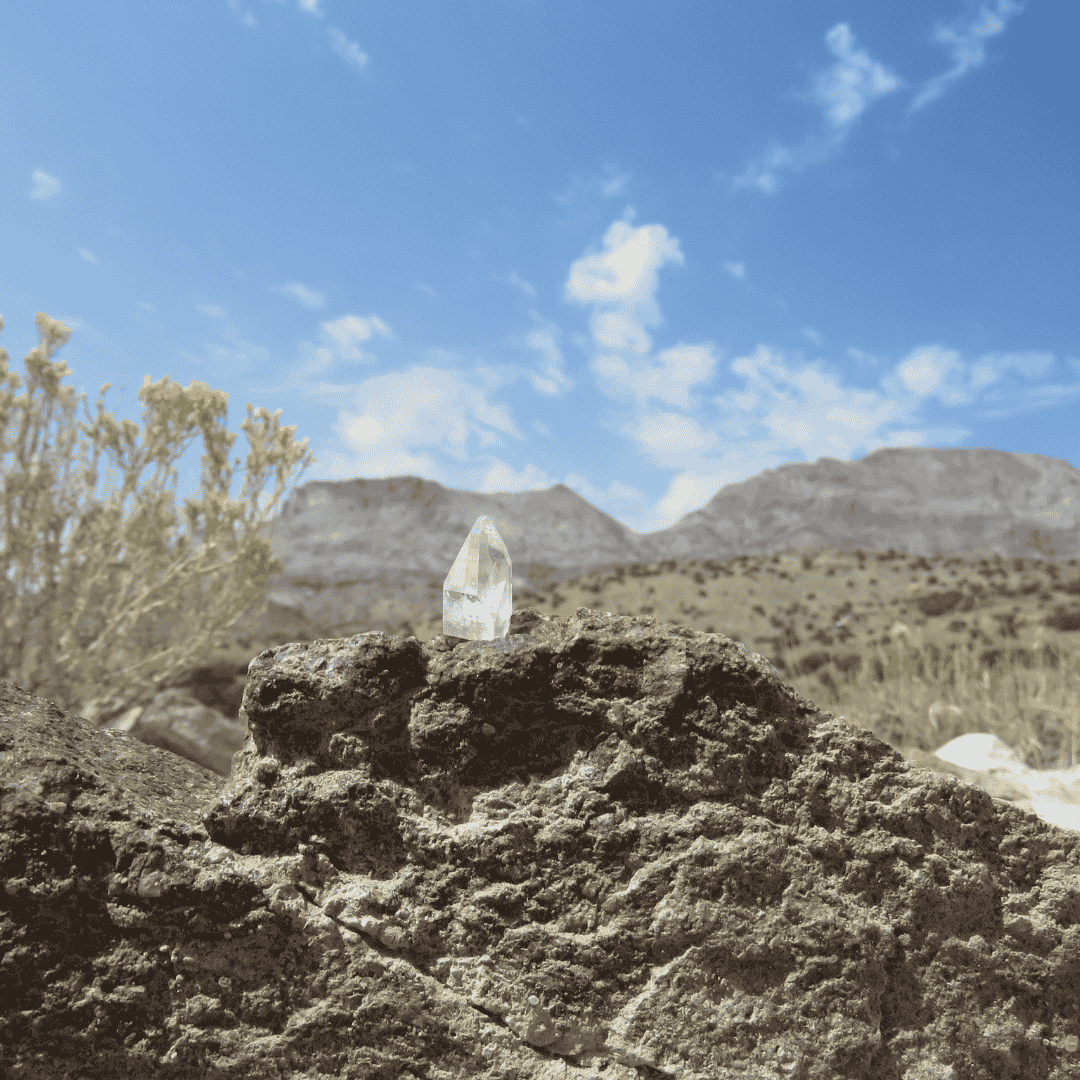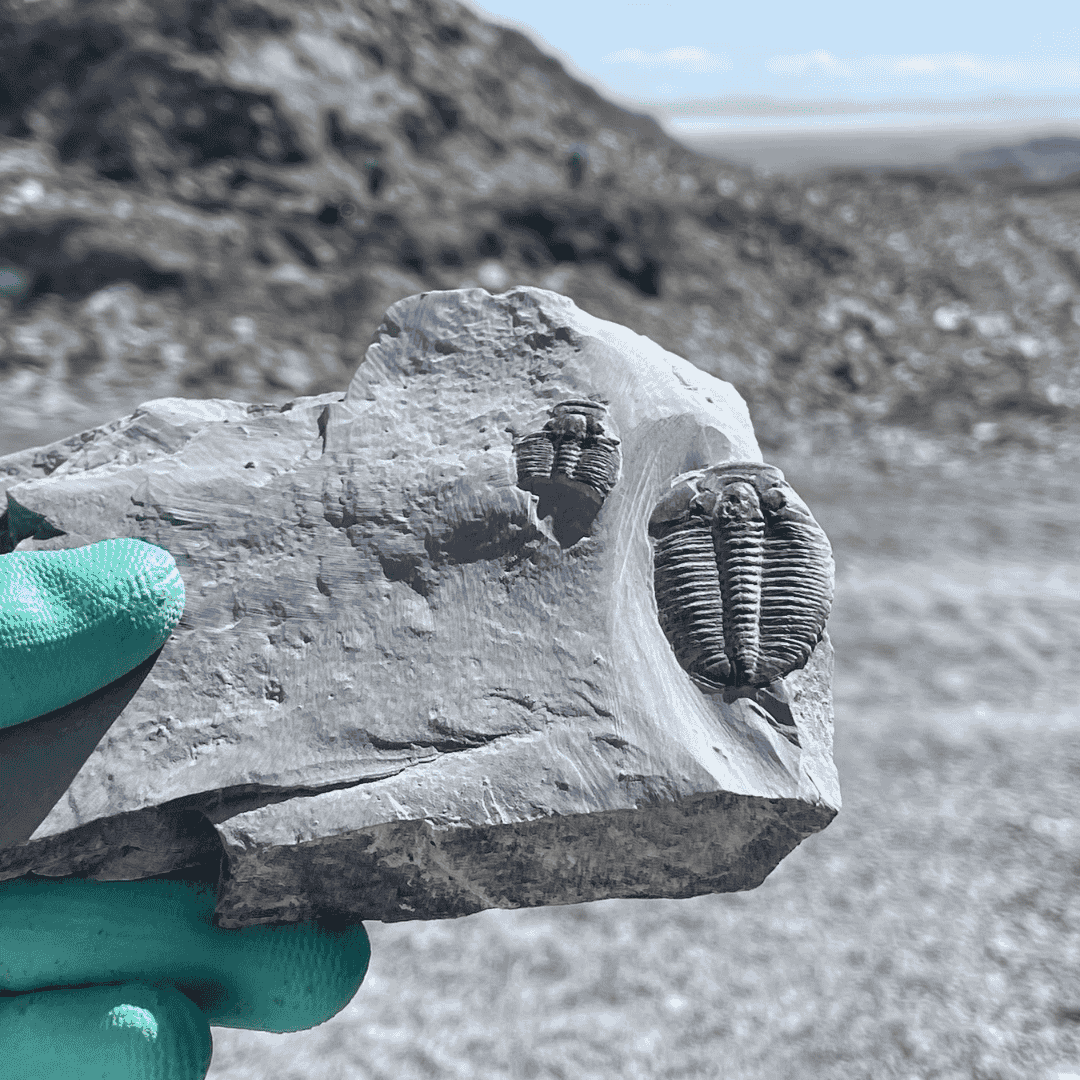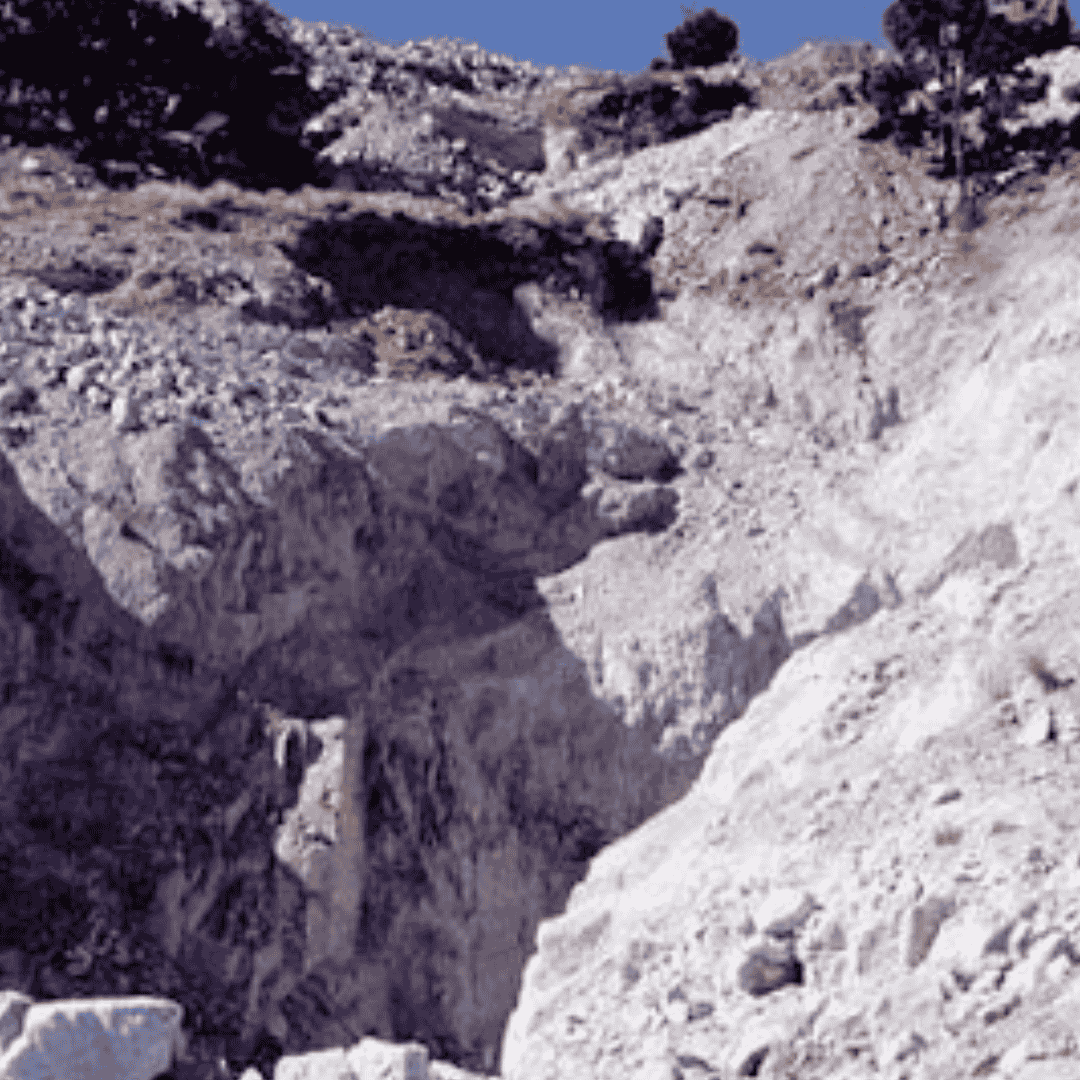Rockhounding At The Dugway Geode Beds
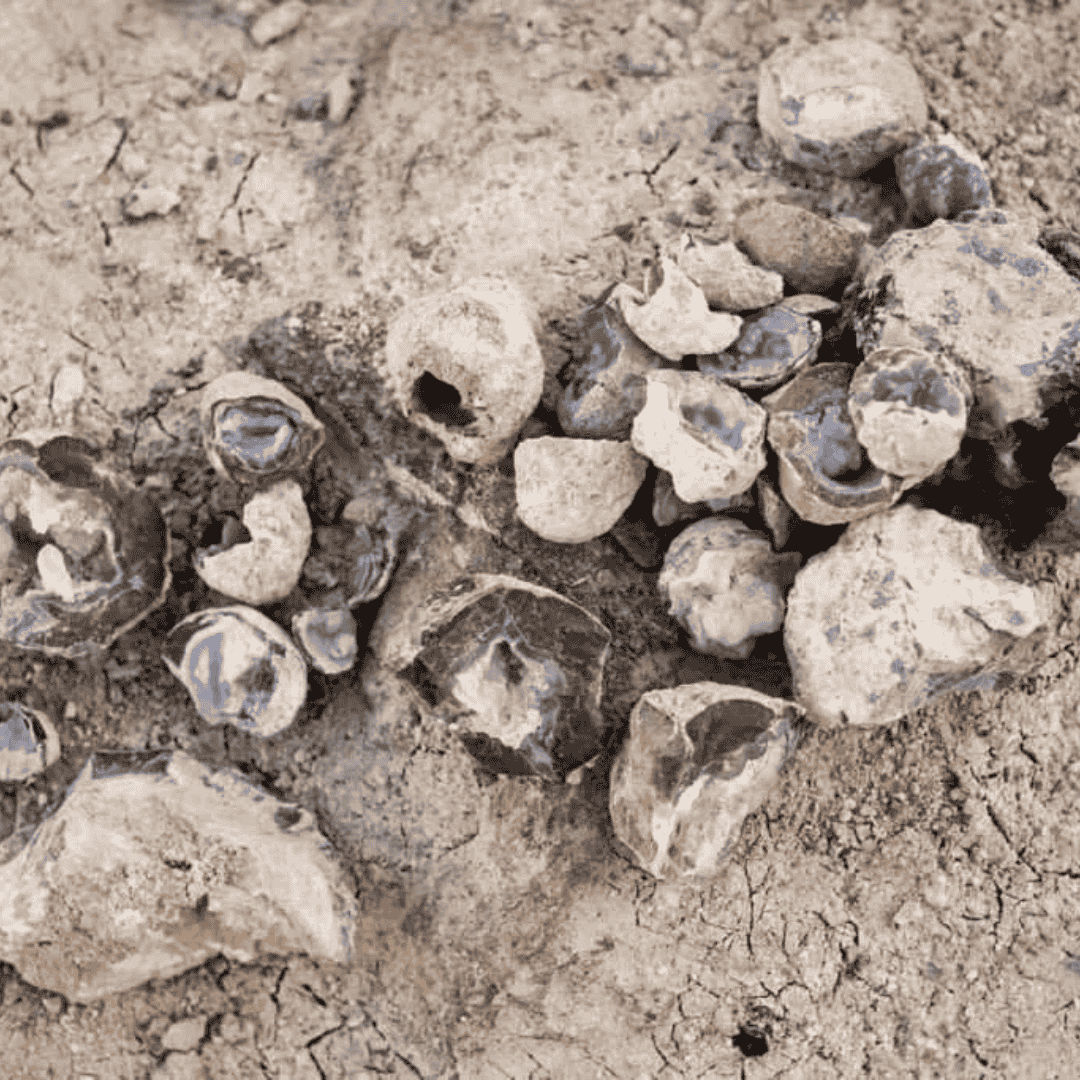
The Dugway Geode Beds, located in Utah, are a popular destination for rockhounding enthusiasts. Known for its stunning geodes, the beds attract visitors from all over the world. The history of the Dugway Geode Beds is rich with geological significance, making it a prime spot for both amateur and experienced rockhounds.
Visitors to the Dugway Geode Beds can expect to find a variety of geodes, which are hollow rocks lined with crystals. The area is not only popular for its abundant geode deposits but also for its beautiful scenery and the unique experience of finding your own geodes.
Geodes are typically dark gray in color, hard, spherical in shape and range from 2 to 4 inches in size. The most common mineral found within the geodes is quartz in various colors: clear (rock crystal), purple (amethyst), and pink (rose).
The best place to look for geodes is in areas that have been previously excavated. You will find geodes by digging in the mostly soft gray unconsolidated materials that underlie this area. Geodes can also be found in some of the harder material; look for rounded shapes, and you may need a pick and hammer to separate them.
The Dugway Geode Beds have a long history of mining, with reports of geode discoveries dating back to the early 1900s. Today, they remain a favorite spot for rockhounding, with many visitors returning year after year to explore its rich deposits and enjoy the thrill of discovery.
In addition to geodes, the area is known for its beautiful quartz crystals and other unique minerals that draw collectors and enthusiasts from all over the world. Methods for opening geodes include breaking and smashing, hammer and chisel, sawing, and using a pipe cutter.
Breaking and smashing involves placing a geode in a cloth sack or similar and smashing it on a hard surface, though this may break the geode into many small pieces. Using a hammer and chisel or center punch will open your geode with a rough or uneven edge.
Sawing a geode with a rock or similar saw works well if you also want to polish it, while a pipe cutter, a tool called a soil pipe cutter, uses chain with blades to cut the geode as if it were a pipe. Tools like this can sometimes be rented from home improvement stores.
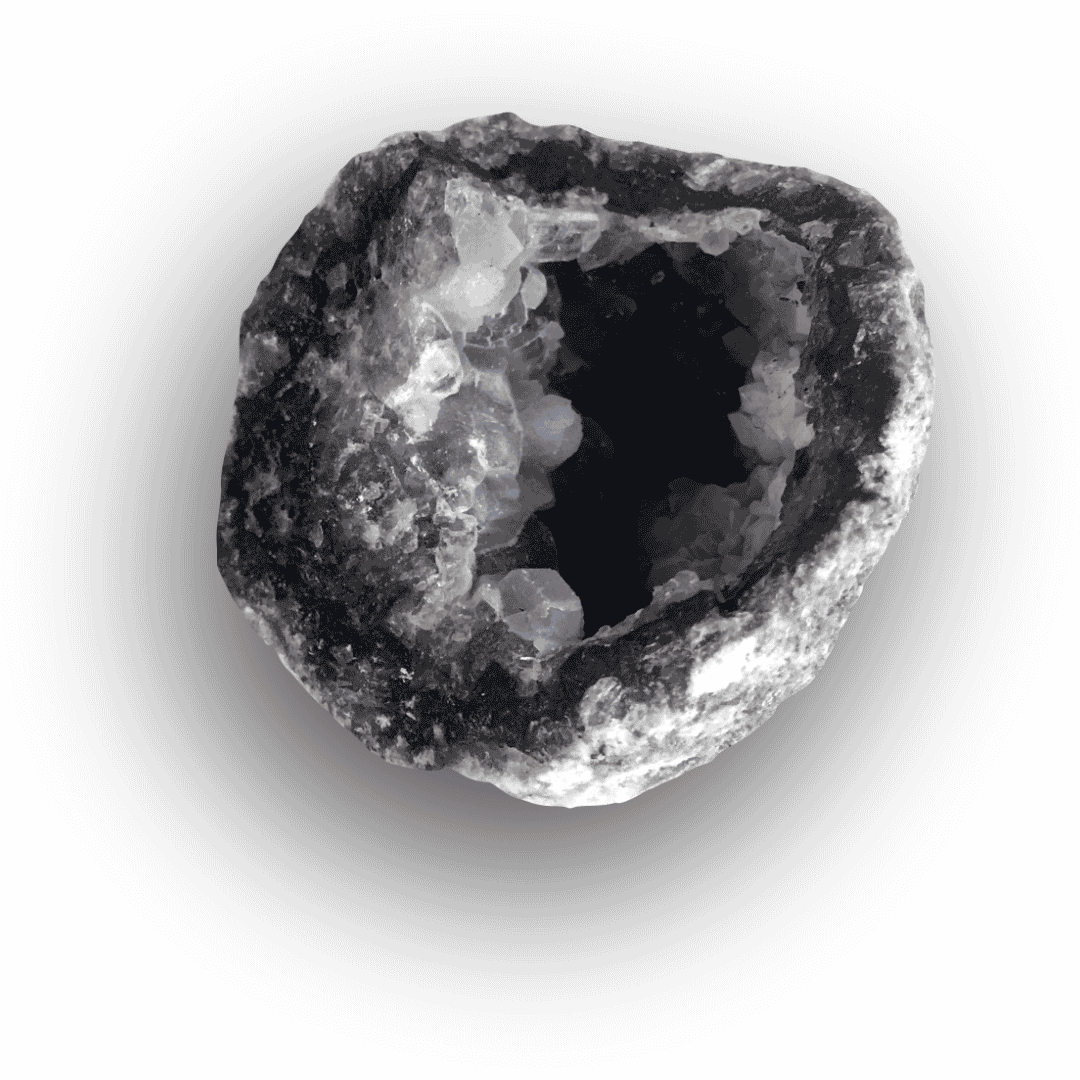
What Can Be Found At Dugway Geode Beds
At the Dugway Geode Beds, rockhounds can find a variety of geodes and minerals, including:
- Geodes: The primary attraction, known for their crystal-lined interiors. These geodes can be found in a variety of sizes and often contain quartz crystals in various colors such as clear, purple, and pink.
- Quartz Crystals: Often found inside the geodes. These crystals can be clear, smoky, or even amethyst, adding a range of colors and varieties for collectors to find.
- Agate: Occasionally found in the area. These beautiful, banded stones can add vibrant colors and patterns to your collection, making each find unique.
- Jasper: Adds a beautiful contrast to the clear quartz crystals. This opaque variety of chalcedony can be found in many colors, often with interesting patterns and designs.

Geode Sample
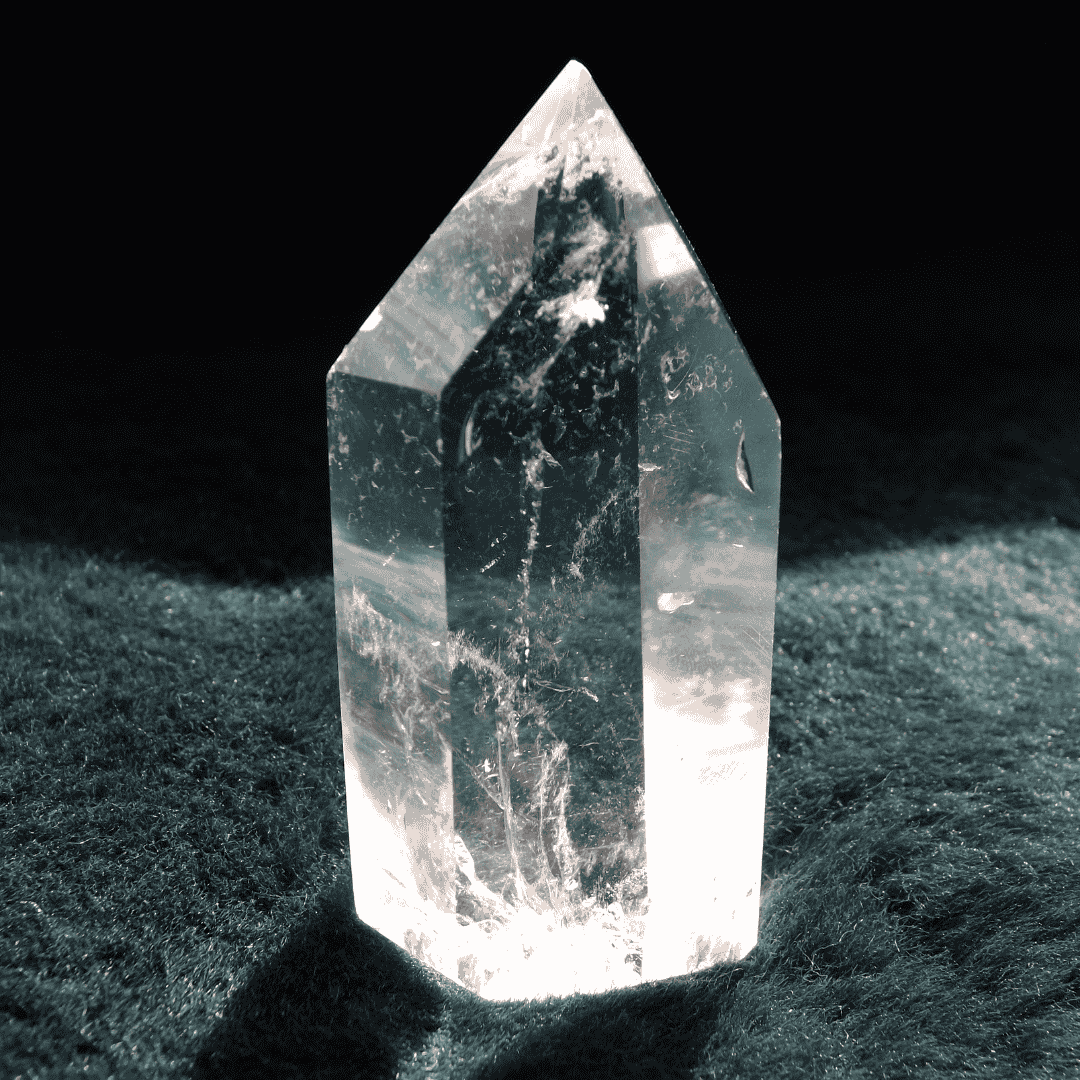
Quartz Crystal
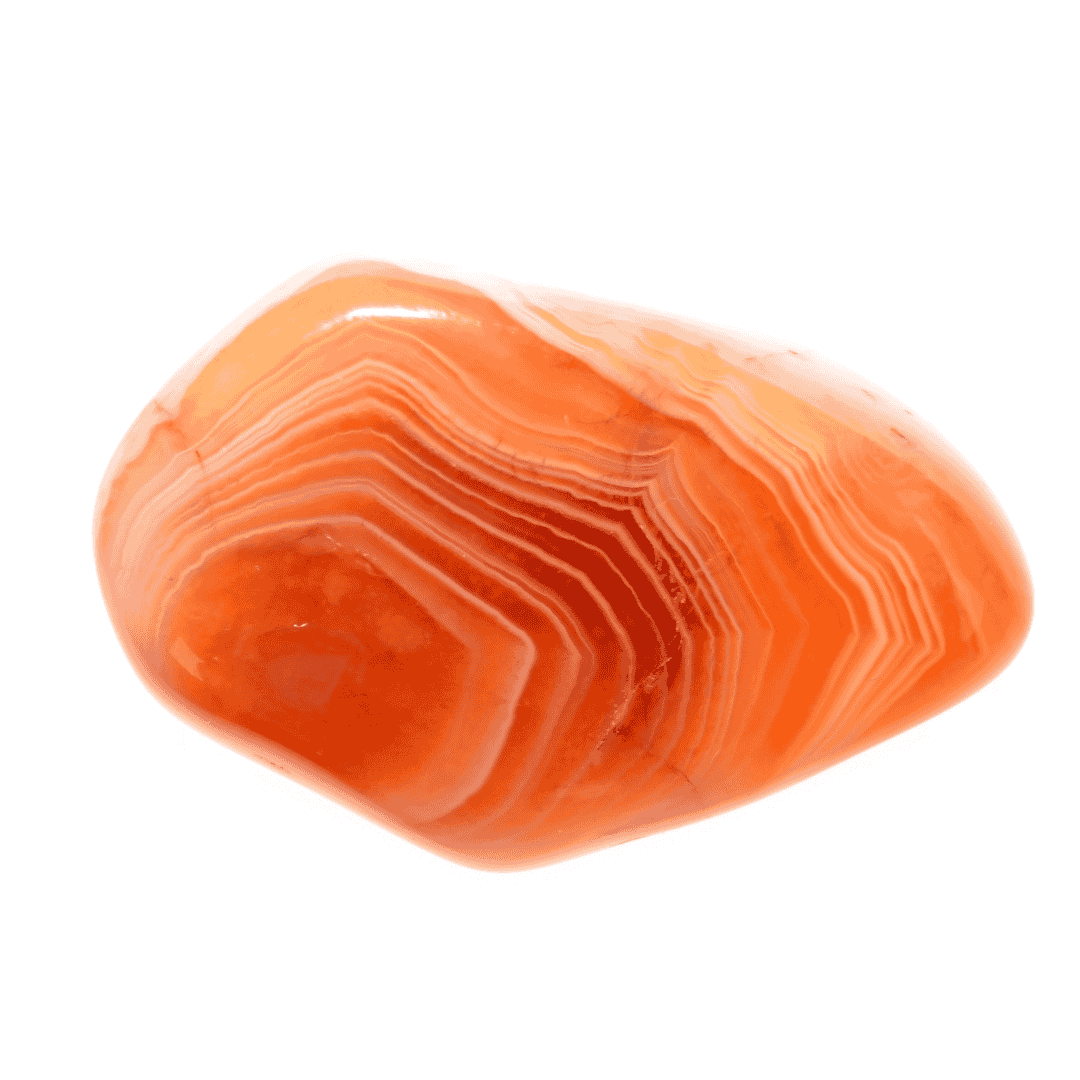
Agate Sample
Location
The Dugway Geode Beds are located in Utah's West Desert, approximately 50 miles west of the town of Delta. The exact coordinates are 39.89442° N, -113.13689° W. This area is accessible by car, with several marked trails leading to prime rockhounding spots.
The geode beds are divided into a public dig site and a private dig site. The public site is free to access and offers a great opportunity for finding geodes with minimal effort. The private site, managed by a local company, offers more intensive rockhounding experiences for a fee.
How to get there:
From Salt Lake City take I-80 westbound until you reach the Tooele turnoff (exit 99). Travel south on Highway 36 for about 40.5 miles to the Pony Express Road (which is the dirt road just past Faust). Turn west (right) and proceed 50.1 miles on the Pony Express Road to the Dugway geode bed turnoff. Turn north (right), proceed up the dirt road and look for recent diggings.
Recently, people have bypassed the turnoff because the sign to the geode bed area was missing. Please note at the time of this writing, there is a temporary sign indicating the correct direction to the geode bed area; however, please use your vehicle's odometer to determine distance to the geode bed turnoff.
Where to collect:
Geodes can be found approximately 1 to 2 miles north/northeast of the turnoff. The easiest technique is to find an area of past excavations and start digging to locate the proper horizon where the geodes can be found. There are two main excavation pits managed by the BLM where geodes can easily be found, but collecting geodes is not limited to just the pits. Look for signage as you drive in for pit locations. You will be digging in a soft, unconsolidated material that is susceptible to caving, so please be careful! Examine all stones that are encountered. The geodes are fairly easy to recognize due to their spherical shape and lightweight. Most geodes are 2 to 3 inches in diameter and are typically lined with small quartz crystals that give the cavity a sugary appearance. I collected fragments and whole geodes near UTM map coordinates 12S 0317569 4416919.
Recommended Gear and Tips
When visiting the Dugway Geode Beds, it's important to come prepared. Here are some recommendations for your trip:
- Plan to stay for at least a full day to fully explore the area and increase your chances of finding valuable geodes.
- Bring plenty of water, snacks, and sun protection, as the area can get quite hot and there are limited facilities nearby.
- Wear sturdy shoes and protective gloves to prevent injuries from sharp rocks and tools.
- Carry tools such as rock hammers, chisels, and safety glasses to safely extract and handle the geodes you find.
- Tools recommended: a shovel, pick, safety glasses and hammer (in case you want to break your geodes on the spot). Whole geodes can be taken to your local rock shop to be cut in half.
- More importantly, be patient and have fun collecting!
Rockhounding Tips For Dugway Geode Beds
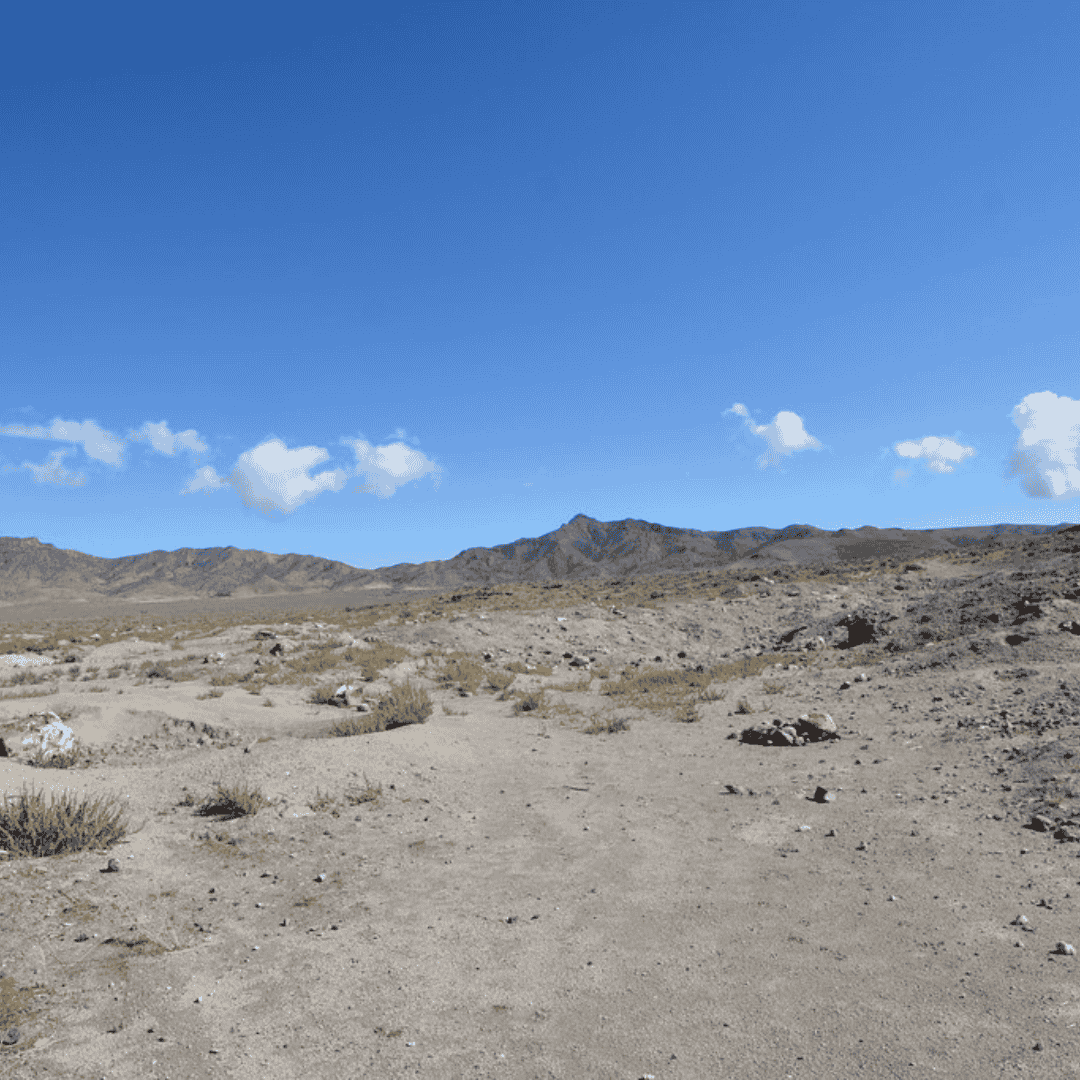
Geodes can often be found by carefully breaking open larger rocks. Look for areas where the rocks have weathered and eroded, as this can make it easier to find exposed geodes.
Using a rock hammer, carefully chip away at the rock to reveal potential geodes. The geodes can range in size and are typically found in small cavities or vugs within the rock.
Another effective method is to search the ground surface for loose geodes that have been naturally weathered out of the rock. These can often be found in the sandy areas surrounding the dig site. Bring a sifter or a small hand-held screen to help separate the geodes from the sand and dirt. This can make it easier to spot the geodes and other minerals like quartz and agate.
Methods for opening geodes include the following:
- Breaking and smashing: You can place a geode in a cloth sack or similar and smash on a hard surface. This may break the geode into many small pieces.
- Hammer and chisel or center punch: This will open your geode with a rough or uneven edge.
- Sawing: You can cut a geode with a rock or similar saw. Most tools with a carbide tipped blade will cut a geode. This works well if you also want to polish it.
- Pipe cutter: You can use a tool called a soil pipe cutter which uses chain with blades to cut the geode as if it were a pipe. Tools like this can sometimes be rented from home improvement stores.
Please be careful while digging, the soft material you are digging in can collapse at any time. Tunneling is unsafe and not permitted.
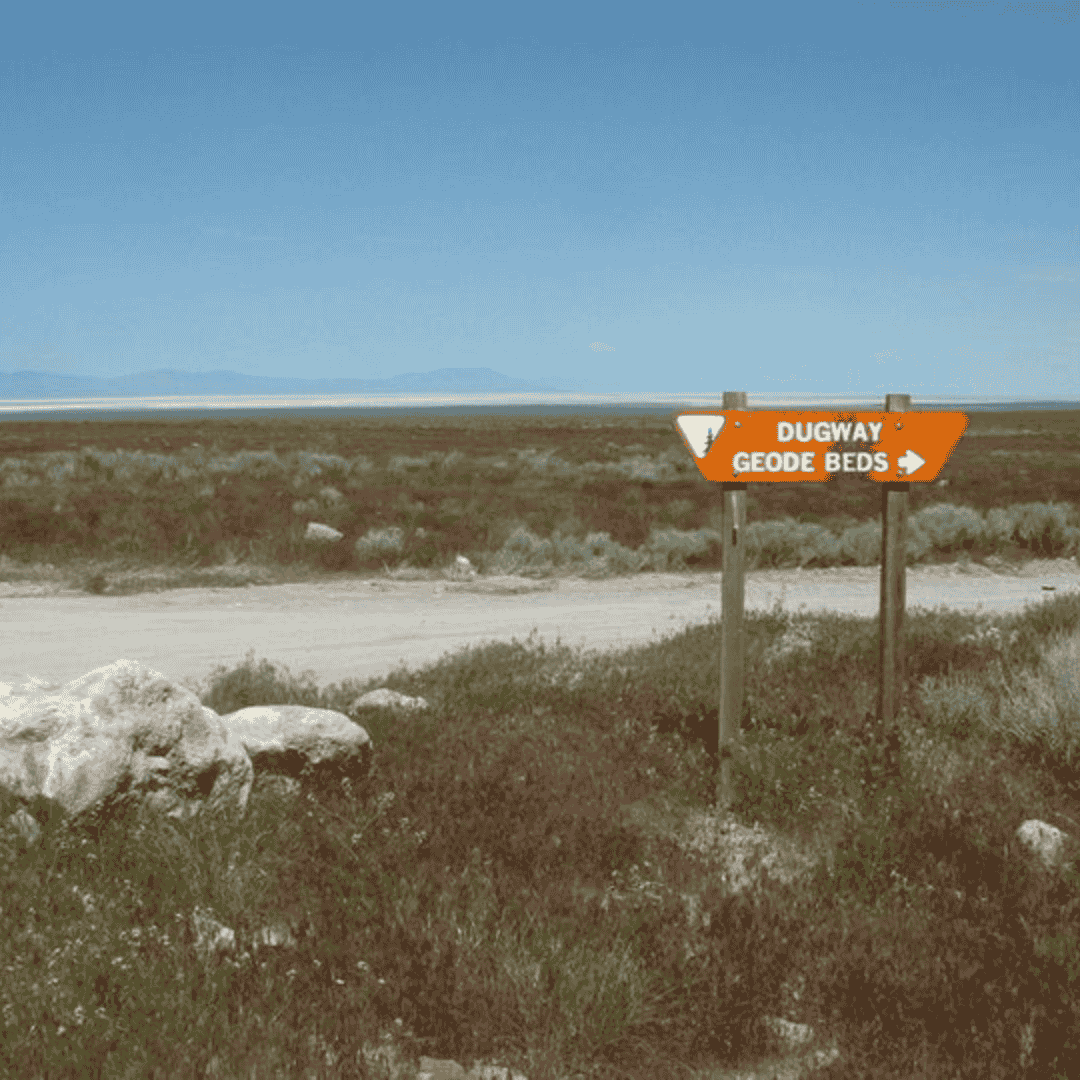
Recommended Gear
Other Dig Sites in Utah
Utah is a fantastic destination for rockhounding enthusiasts. With its diverse geological features and rich deposits of various minerals and gemstones, the state offers numerous dig sites that cater to both beginners and experienced rockhounds. From stunning red beryl to vibrant topaz, Utah's dig sites provide an exciting and rewarding experience for all.




